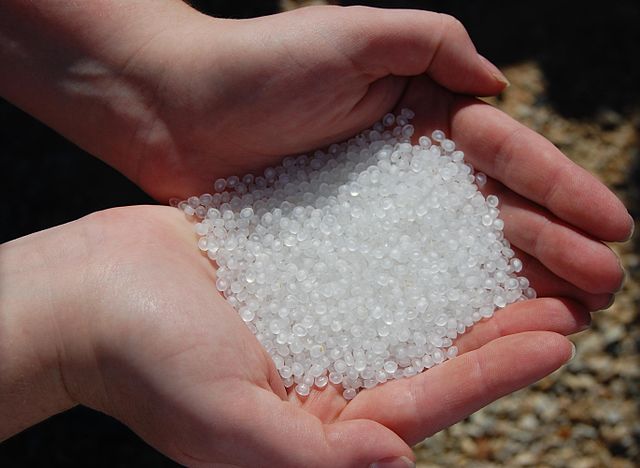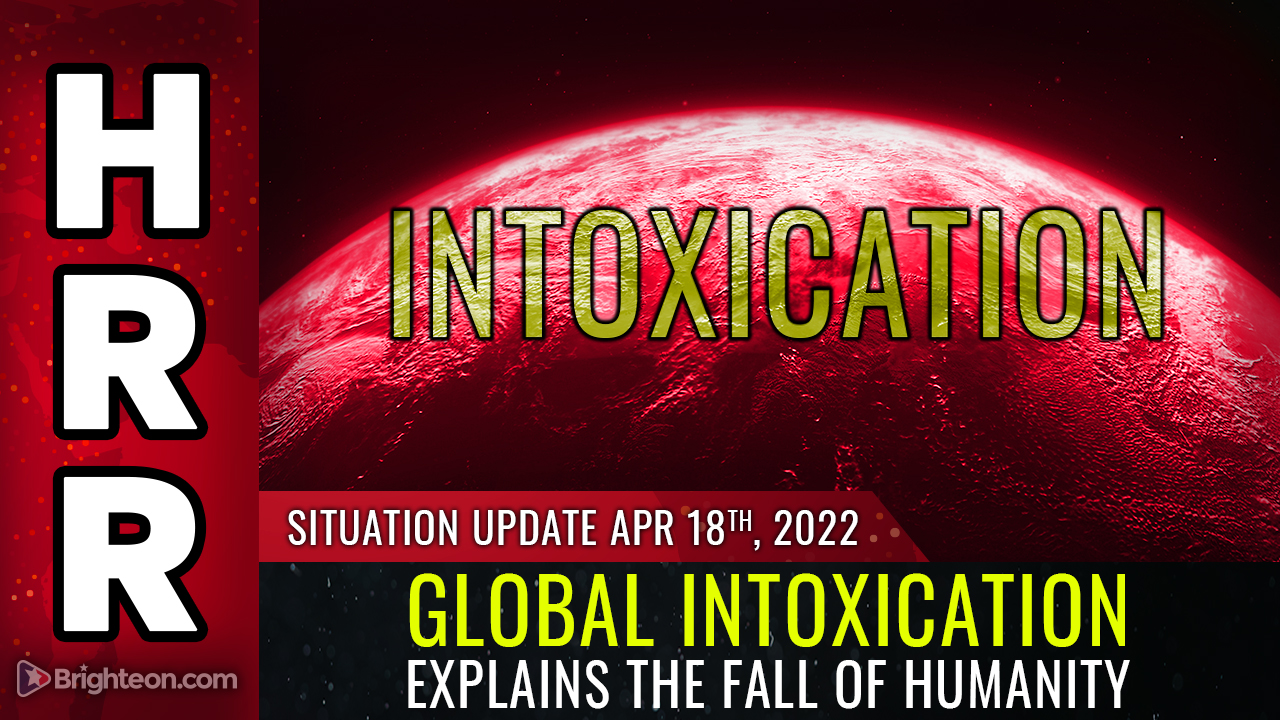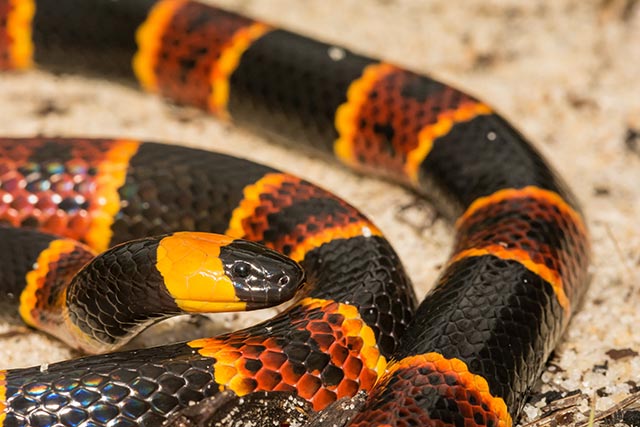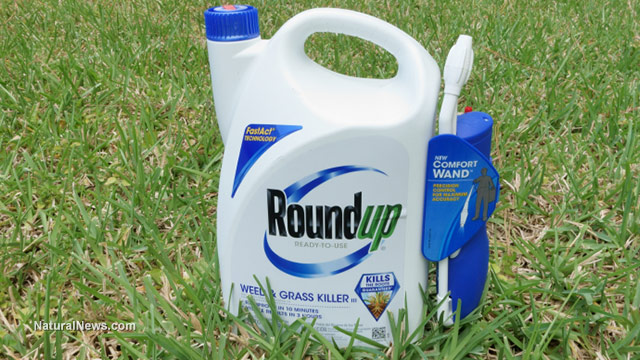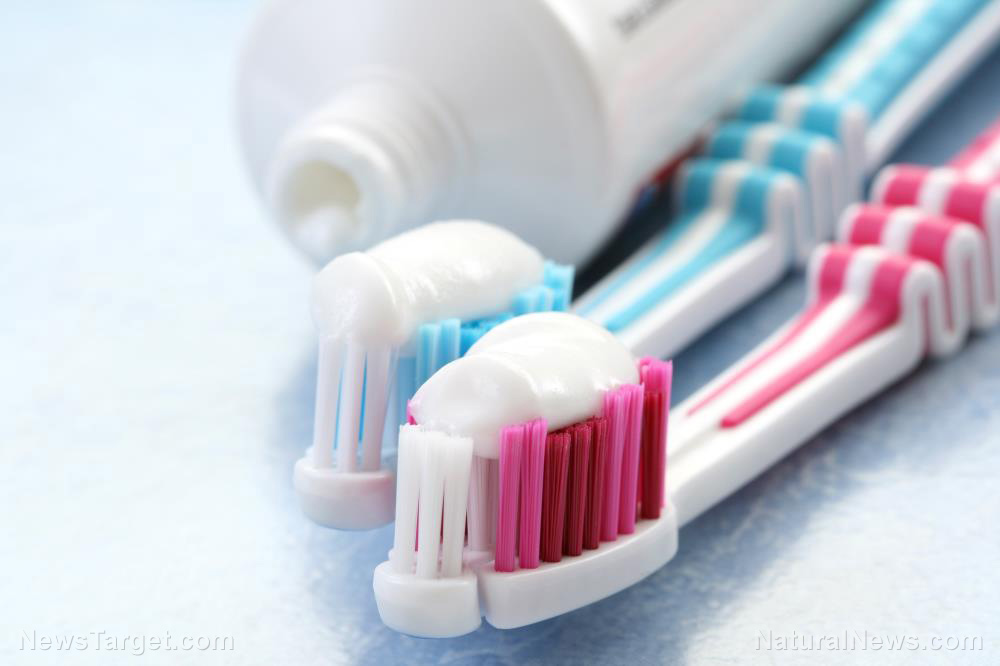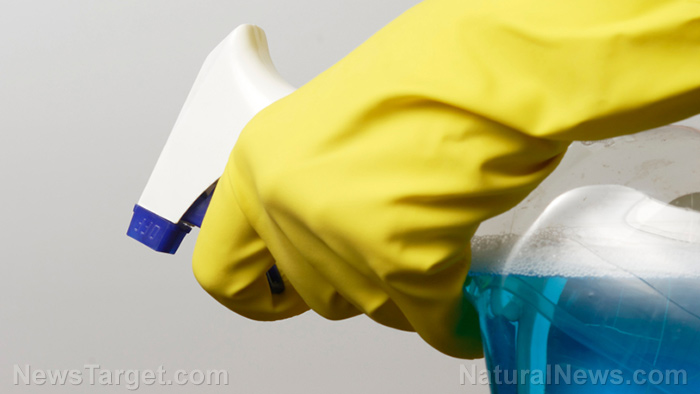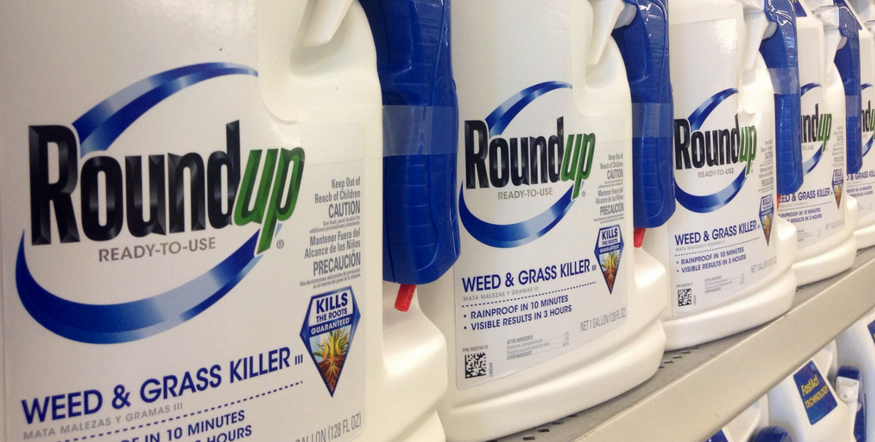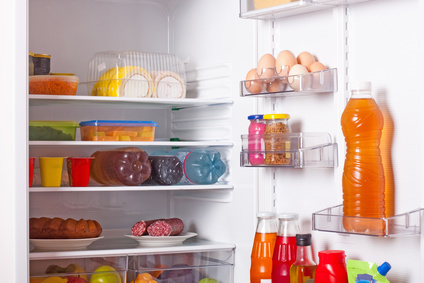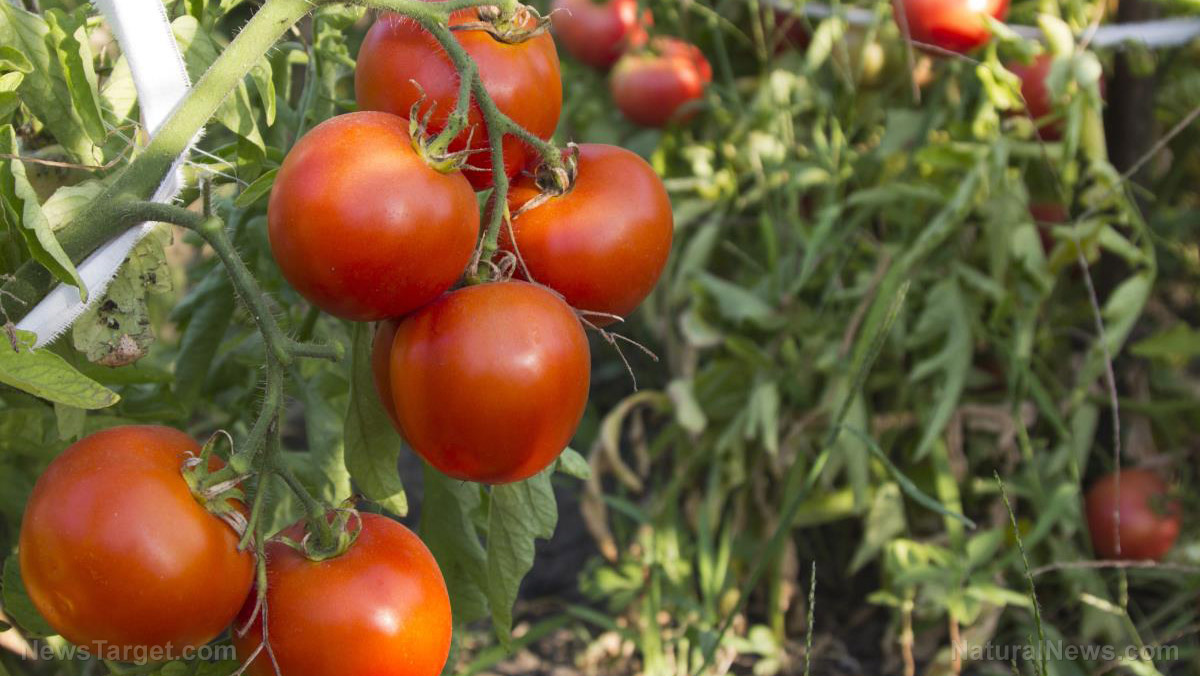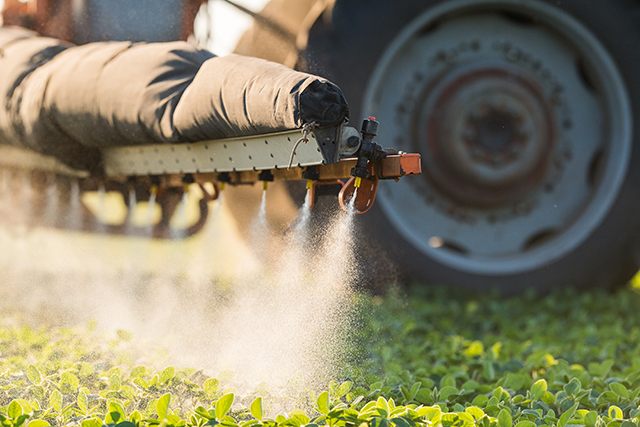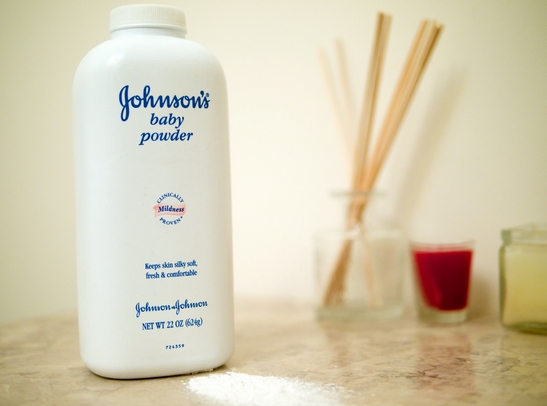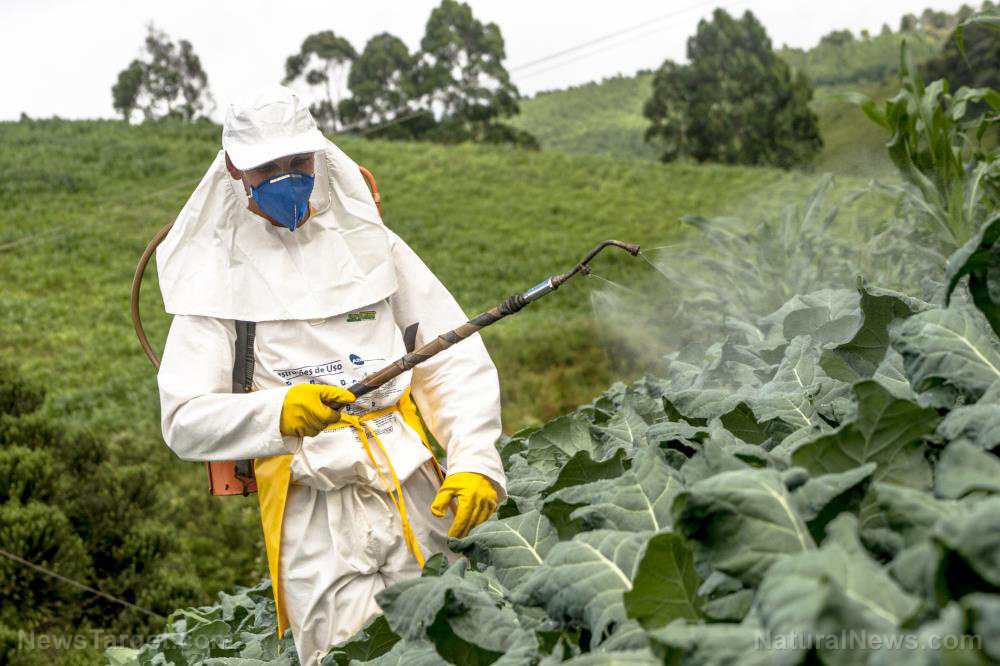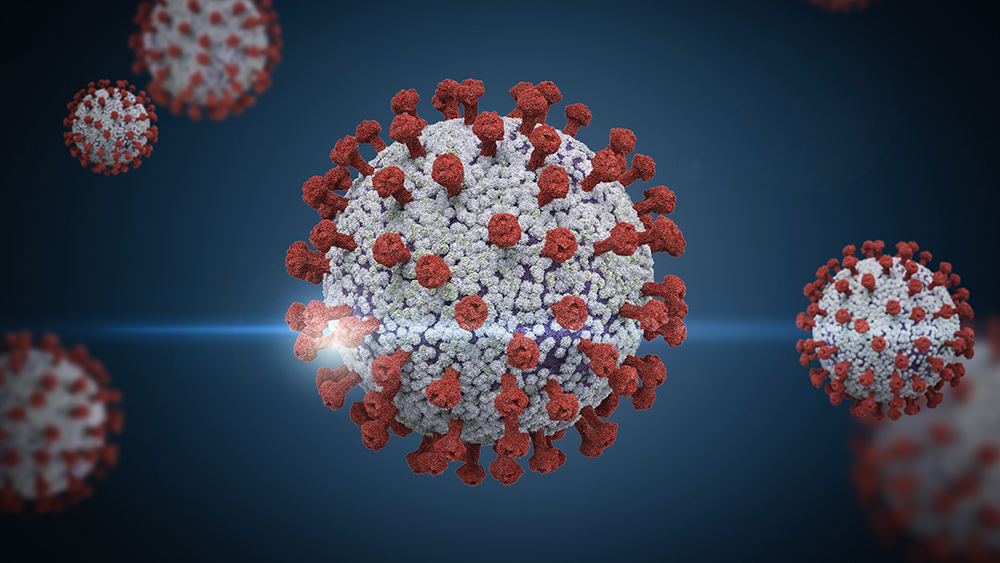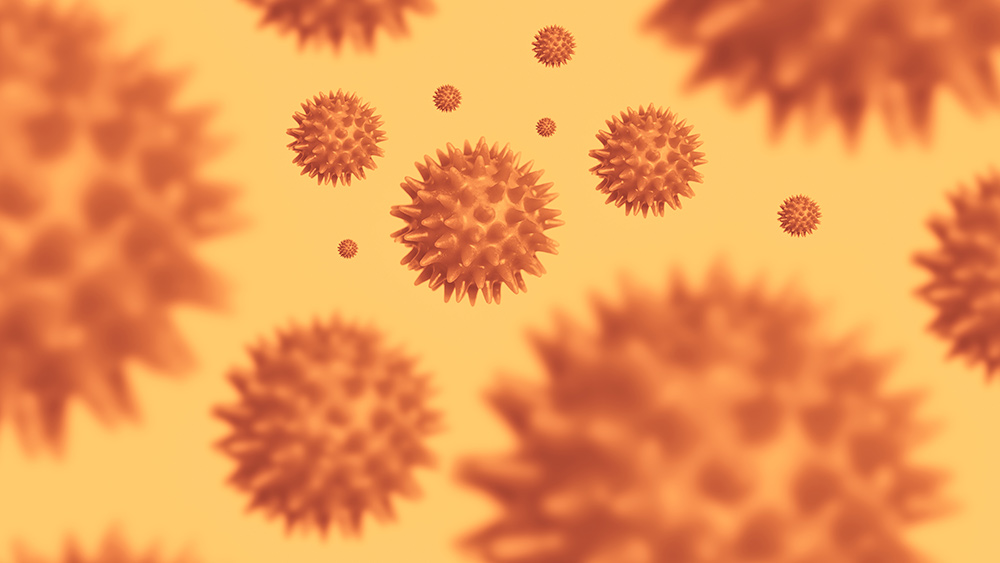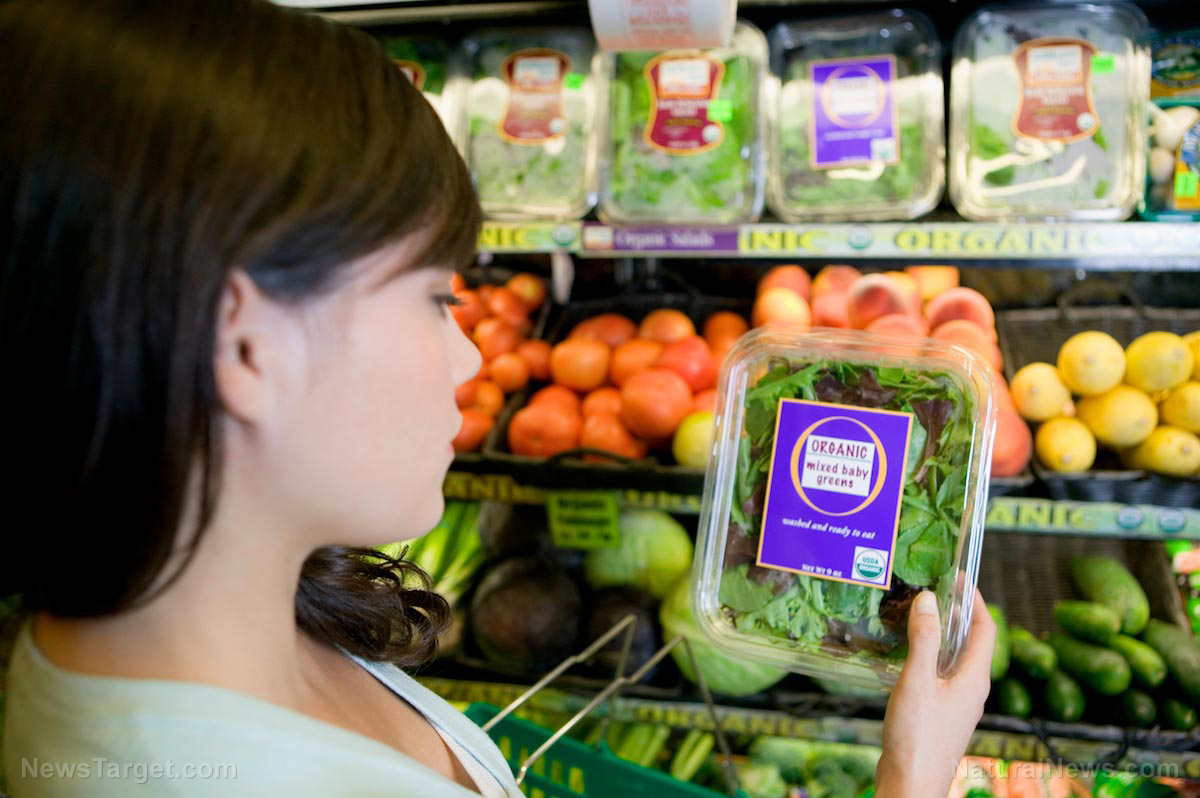Candy carcinogens: Petroleum-based additives are being used in popular children’s candy
04/03/2019 / By David Gutierrez
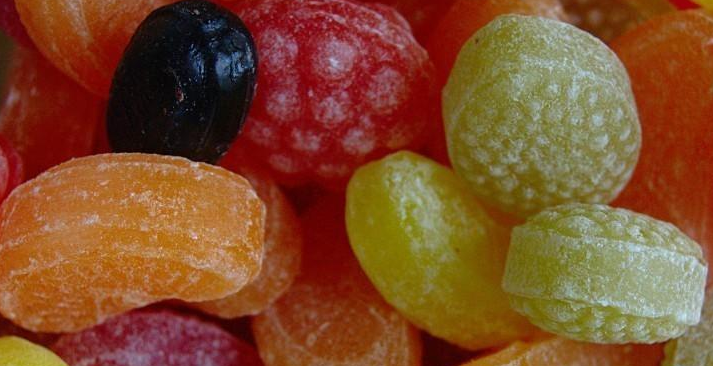
If given the choice, how many parents would put petrochemicals in their children’s food? But when you buy most children’s foods on grocery store shelves, that’s the decision you’re making. These products are filled with petrochemical-derived ingredients from artificial colors to preservatives. Alarmingly, these ingredients have also been linked with health problems from hyperactivity to cancer.
A study in the journal Clinical Pediatrics examined just artificial food colors, and found these harmful chemicals in 96.3 percent of candies, 94 percent of fruit-flavored snacks and 89.7 percent of drink mixes and powders. When children’s and adult foods were examined together, 43.2 percent of all products were made with artificial colors. Fresh produce was the only food category not made with artificial colors (yes, that means meat, dairy and baked products may all contain fake color!).
The most egregious class of additives is certainly artificial colors, for which a strong body of evidence exists linking them to direct harm to children’s nervous systems. Evidence that artificial colors can produce hyperactive behavior in children has already led European countries to require warning labels on foods containing these ingredients. In fact, the same companies that use artificial colors in children’s products in the U.S. typically use naturally based colors for the same products in Europe.
On food labels, watch out for anything labeled a “dye” — a synthetic, petroleum-based coloring chemical, or a “lake” — the same color, but reformulated to be water-insoluble for use in dry or fatty foods. According to Center for Science in the Public Interest, the best policy is to avoid all foods made with artificial colors, not just because of the potential for health risks, but because artificially colored foods are typically low in nutritional value.
The most dangerous colors to watch out for are:
- Red 40: This is the most widely used artificial color, found in soft drinks, candy, gelatin desserts, pastries and even sausages. Although red 40 is one of the most thoroughly tested dyes, the major studies that the FDA used to pronounce it safe are considered to be flawed — even by the FDA! Red 40 is known to cause allergic reaction in some people.
- Blue 1: The second-most common dye, found in beverages, candy and baked goods. Studies have suggested that blue 1 may increase cancer risk and cause damage to neurons. It is also a known allergen.
- Yellow 5: The third-most common dye, used in candy, baked goods and gelatin desserts. It has been shown to cause allergic reactions in some people, particularly those sensitive to aspirin, and is regularly contaminated with the carcinogens benzidine, 4-aminobiphenyl and their biological precursors.
- Yellow 6: The last of the common dyes, found in beverages, candy and baked goods. Even industry-funded studies have linked it to kidney and adrenal gland tumors. It is also known to be contaminated with the same carcinogens (and precursors) as yellow 5.
Other dyes include blue 2, which has been linked to brain cancer in rats, green 3, previously linked to bladder and testes tumors in rats, and red 3, linked to thyroid tumors in rats. Although these dyes are rare, they can still be found in some children’s foods, such as Fruit Roll-Ups.
While the evidence linking some of these dyes to cancer is limited, the evidence linking them to hyperactivity grows stronger every year. Since the FDA last reviewed the issue in 2011, at least eight new studies, including two meta-analyses, have indicated that removing artificial colors from hyperactive children’s diets leads to significant behavioral improvements.
Colors aren’t the only toxic additives hiding out in children’s foods. Foods targeted at children regularly contain petrochemical-based preservatives such as TBHQ, BHA and BHT. TBHQ has been linked with increased tumor risk in rats, while studies have shown BHA and BHT to increase risk of various cancers. In fact, the U.S. Department of Health and Human Services says BHA is “reasonably anticipated to be a human carcinogen.” This ruling has had no effect on the FDA.
Sources include:
Submit a correction >>
Tagged Under:
additives, adhd, artificial colors, Attention deficit hyperactivity disorder, candy, carcinogens, children's food, children's health, food color, food dye, preservatives, toxic chemicals, toxic ingredients, toxins
This article may contain statements that reflect the opinion of the author
RECENT NEWS & ARTICLES
Chemicals.News is a fact-based public education website published by Chemicals News Features, LLC.
All content copyright © 2018 by Chemicals News Features, LLC.
Contact Us with Tips or Corrections
All trademarks, registered trademarks and servicemarks mentioned on this site are the property of their respective owners.

